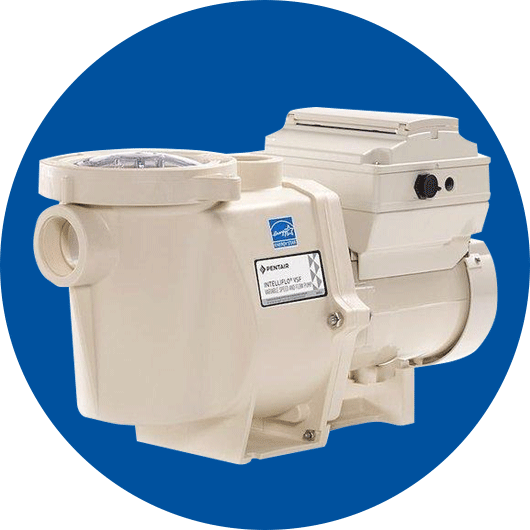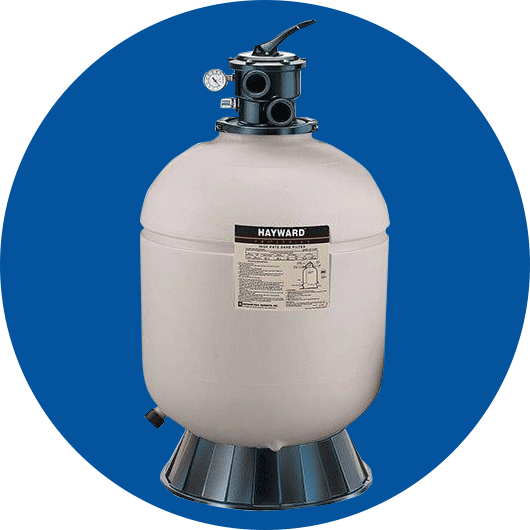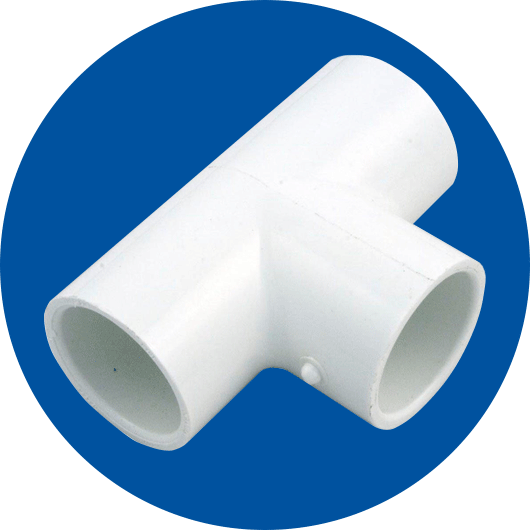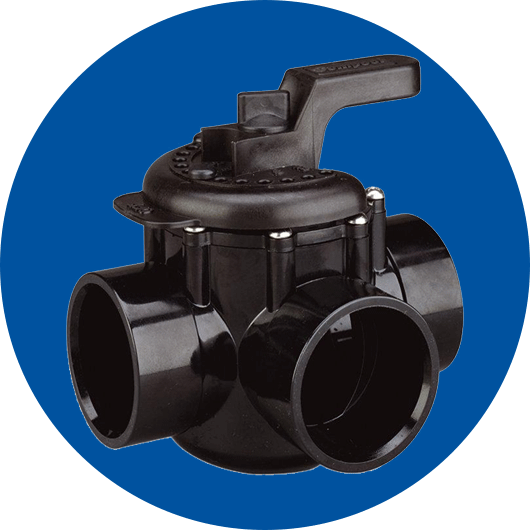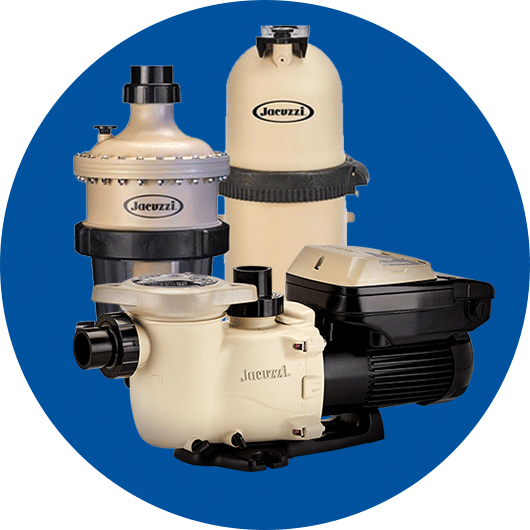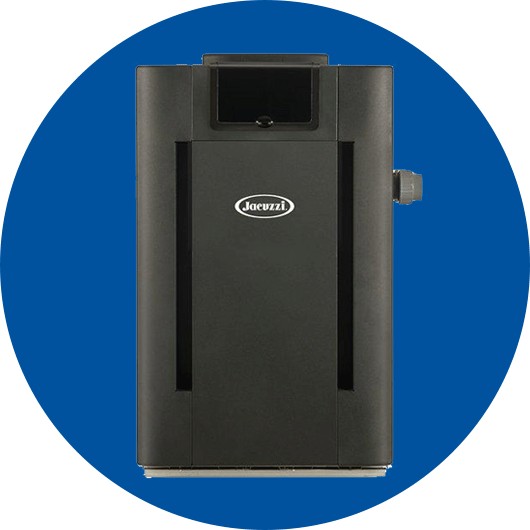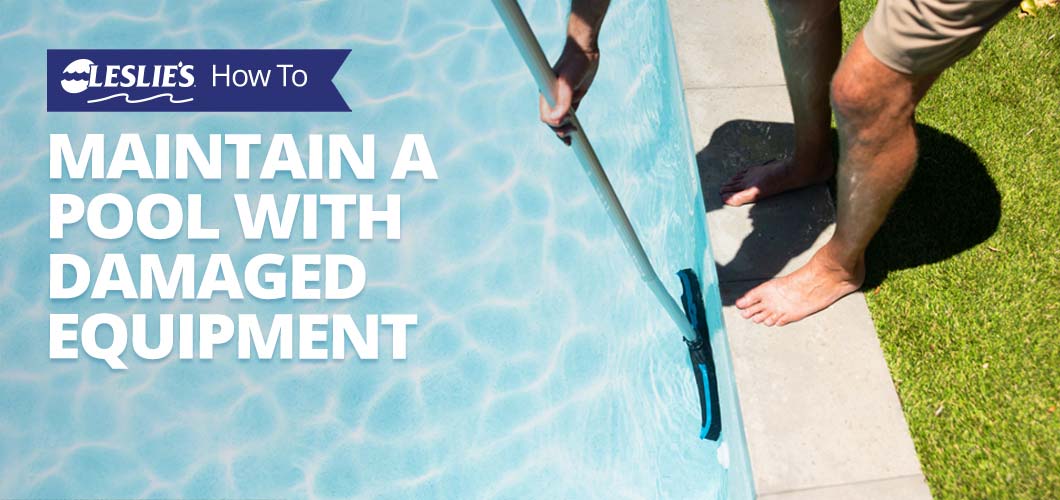
How to Maintain a Pool With Damaged Equipment
A pool maintenance emergency can happen any time of the year. Whether it's unexpected freezing temperatures and power outages that can cause busted lines or any other unforeseen incident. You may find that your pool pump or other equipment suddenly stops working. Whatever it might be, here are some steps to maintaining your pool with damaged equipment.
No matter the situation, a pool that isn’t circulating water through the filter can quickly turn into a murky mess. The pool maintenance experts at Leslie’s are here to offer how-to tips to keep pool water at its best, in the event you can’t use your pool pump for more than a day. Some tips are common sense. But others, like adding algaecide or using a range of pool cleaner devices, are less obvious to pool owners. Either way, we've got you covered!
To keep the water clear, follow these steps:
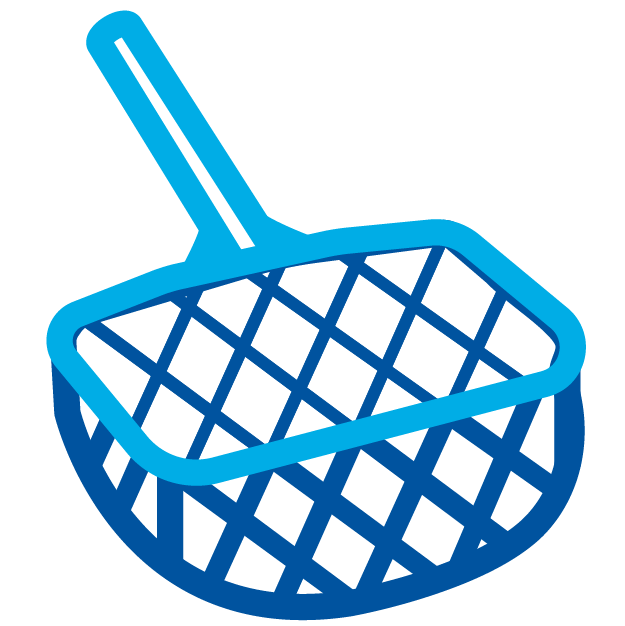
Remove Debris

Sanitize Water
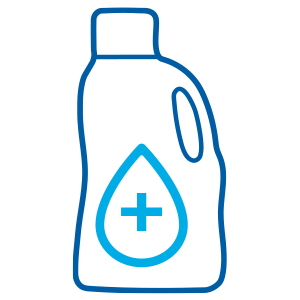
Add Algaecide
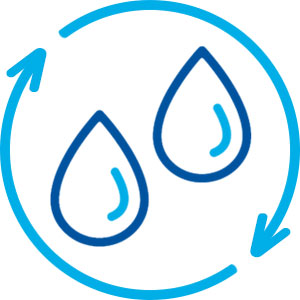
Circulate Water
1. Remove Debris from Pool
Organic debris — tree leaves, sticks, plant fragments and insects — in the pool can quickly wipe out your sanitizer level, or even cause interior pool surface stains. If you’re cleaning up after a storm, you’ll probably have quite a bit of debris to remove. You can use a leaf rake, battery-powered cleaner, or a leaf bagger to remove the more hefty debris. Battery-powered pool cleaners and leaf baggers can also be used to help with pool water circulation (see tip #4!).
2. Sanitize the Water
The most popular pool sanitizing solutions are chlorine-based. Test the sanitizer levels in the pool, and maintain at least 3–4 ppm (parts per million) of Free Available Chlorine at all times. Since you can’t rely on the pump to distribute the chlorine throughout the pool, you’ll need to use fast-dissolving chlorine and disperse it around the perimeter of the pool. We recommend Leslie’s Chlor Brite (dichlor granular chlorine) or Leslie’s Liquid Chlorine (sodium hypochlorite, available in-store only).
BONUS TIP: It’s OK to test other aspects of your water chemistry, too. But until your damaged pool equipment is repaired or your circulation system is back up and running, we don't recommend adding balancing chemicals. Doing so can cause inadvertent damage to pool surfaces, including scaling and discoloration. Circulation is a crucial part of rebalancing pool water! You can always bring a water sample to Leslie's for a free AccuBlue® water test once the pool is circulating again. This will help you quickly identify and correct water balance issues.
3. Add Algaecide
If you face sudden complications in the cooler fall and winter months, you may not need to add algaecide. But if you find yourself with a pool emergency in the middle of summer, when the sun is shining brightly the vast majority of the day and accelerating plant growth, you'll have to act quickly to prevent an algae bloom from taking over the pool. We recommend using Leslie’s Algae Control to prevent algae outbreaks. It’s non-metallic and non-staining, which is ideal for these scenarios, and works to keep your pool clean and clear.
4. Circulate & Agitate the Pool Water
Circulation is the most important part of a healthy pool. Aside from its primary function of moving water through the filter, a pool pump also keeps chlorine distributed throughout the entire pool. This makes it harder for algae to thrive and adhere to pool surfaces. Stagnant water is an ideal breeding ground for algae and bacteria. But even without your pool pump, there are four ways you can keep the water moving around the pool. Try these alternative methods when facing the challenges of damaged pool equipment:
Robotic Pool Cleaners
If you have power, one of the easiest options is to use a robotic pool cleaner. Some types of robotic cleaners are battery powered, and can be used as long as they're fully charged. Robotic cleaners effectively circulate water as they move around the pool. Plus, the onboard filters can help maintain the water until your filtration system is back up and running.
Submersible Pool Pumps
Another effective way to circulate the pool if you still have power is to use a submersible pump. Place the pump at one end of the pool, and use a clean garden hose to direct the outlet water to the opposite end of the pool.
Pool Brushes
If neither of these methods are an option because 1) you don’t have one, or 2) you’ve lost power, look no further than your trusty pool brush. Even if you do use one of the other circulation methods, it’s still a good idea to thoroughly brush all interior pool surfaces. Brushing not only prevents staining and keeps algae from taking hold, it also stirs up the water to help with pool circulation.
Battery-Powered Pool Cleaners
As we mentioned in the very first section, you can also use a battery-powered pool cleaner or a leaf bagger to keep the water moving whenever you're without power. Leaf baggers can either be battery-powered or run on the water current of a garden hose. Water levels will increase when using the garden hose model, so watch the water level of your pool, or use another method if water levels are already high.
BONUS TIP: Once your pool’s circulation system is back in working order, you can quickly clear the cloudy haze of suspended debris by using a flocculant (Leslie’s Alum) or clarifier (Leslie’s Ultra Bright Advanced).
The important thing to remember when faced with a pool emergency, such as power outages or damaged equipment, is to remain calm and react with smart solutions to diminish the impact. You’re not in this alone! Our team of experts can help you with what you need, from pool recovery advice to professional services and repairs. Call or stop by your local Leslie’s store today to chat with a knowledgeable pool professional.
Suffering freeze damage? Leslie's is here to help! Stop by your local Leslie's store to speak with one of our pool care experts, or request a service appointment online. If you're looking for specific parts and to repair or replace your damaged equipment, check out our diverse online selection of pool products:
